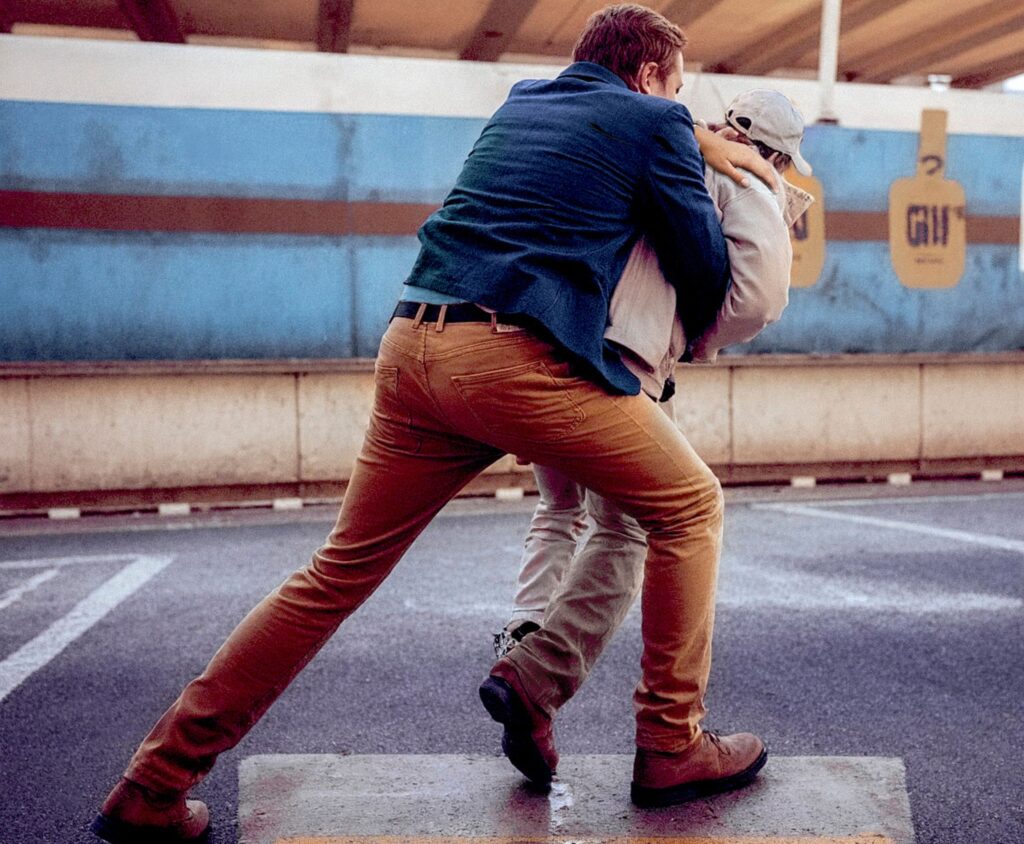The Choreography of Safety
VIP protection Formations
VIP protection formations are more than movement patterns they are the choreography of safety. A coordinated dance of awareness, distance, and timing that protects the VIP while maintaining flow and discretion.
Every environment is dynamic. Crowds shift, light changes, and threats can appear without warning. Because formations give close protection teams a shared framework for how to move, react, and cover space under pressure. When executed correctly, they turn chaos into control.
What is a VIP Protection Formation?
Tactictics to shield a principal from threats
A VIP protection formation is a structured positioning of close protection officers designed to manage visibility, space, and lastly reaction time around the principal. Formations ensure seamless movement through open spaces, confined corridors, or public events, always balancing protection, discretion, and mobility.
Why Formations Matter – Formations allow teams to:
Maintain 360° coverage without visual overload.
React instantly to directional threats or changes in crowd flow.
Communicate through minimal and discreet signals.
Adapt to the VIP’s pace and profile.
In essence, formations create structure in unpredictability therefore transforming individual operatives into one synchronized unit.
Formation Techniques in Close Protection
Types of VIP Protection Formations
Different formations serve different threat levels, environments, and VIP profiles. Below are the most recognized and of course field-tested formations in modern executive protection.
VIP +2 Formation (Low-profile protection)
- Designed for discretion, the VIP +2 formation is ideal for controlled or low-threat environments. One operative leads ahead, while the second trails behind, maintaining a low signature and overall situational awareness.
- Best for: Executive travel, corporate visits, or controlled facility transitions.
- Key advantage: Minimal visual footprint with sustained protection readiness.
VIP +3 Formation (Triangular or Arrowhead)
- The VIP +3 offers balance between discretion and control. Operatives create a forward-facing triangle, protecting flanks while maintaining mobility.
- Best for: Semi-crowded or semi-controlled environments.
- Key advantage: Wide front visibility and flexible positioning.
Choosing the Right Formation
Understanding VIP Protection Formations
Finally, the ideal formation depends on:
- Environment: open space, building, vehicle zone, or crowd.
- Threat level: low, elevated, or high risk.
- Tempo: movement speed and mission purpose.
- VIP profile: visibility, entourage size, and media exposure.
Teams must constantly assess these factors and adjust formations dynamically. Flexibility is the mark of professionalism.
Evacuation — The Final Line of Defense
When prevention fails, ultimately, evacuation becomes the decisive tactic. Importantly, evacuation is not failure; rather, it is a controlled, life-preserving action that defines discipline under pressure. Therefore, every operative should know trigger points, routes, and procedures in order to ensure fast, safe movement away from threat zones. In essence, preparation turns reaction into precision.
Training and Real-World Application
Executing formations in the real world inevitably differs from the classroom. Although training provides the foundation, experience ultimately builds instinct. Furthermore, operatives must combine structure with adaptability, while also communicating discreetly, staying aware, and therefore maintaining professionalism at all times. Consequently, practice and adaptability become inseparable in achieving operational excellence.
To summarize, within The Close Protection Handbook formation chapter, you’ll find diagrams, field drills, and step-by-step breakdowns of these formations, including how to adapt them under stress or environmental pressure. As a result, the chapter bridges theory and practice, giving readers both the confidence and clarity to act decisively in real-world scenarios.
VIP Close Protection Formations Conclusion
Master your VIP Protection Formations with the close protection handbook
Most important, formations are the silent language of close protection. They reveal discipline, teamwork, and foresight long before a threat appears.
All in all the Close Protection Handbook is for professionals who want to refine their craft — or new operatives eager to understand the structure behind movement. The Close Protection Handbook offers detailed insight into every tactic, principle, and mindset required to operate with precision.

